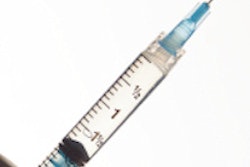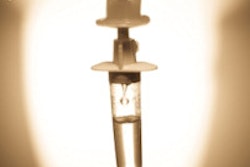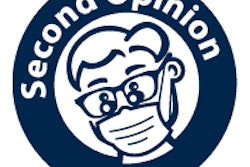
BOSTON - Dentists overestimate patients' anxiety about dental treatment but underestimate their desire for sedation and general anesthesia, according to a presentation on March 13 at the International Association for Dental Research (IADR) 2015 General Session.
Researchers from the University of Toronto wanted to better understand the gap between how dentists viewed sedation and general anesthesia (SGA) services and what their patients actually wanted, according to Jonathan Campbell, a dental student at the university who led the study.
The goal was to see if dentists are actually meeting patient demand in relieving anxiety. The project was unique, according to Campbell, in that it provided a direct comparison between dentists and their patients' views about SGA services and issues.
Dentists registered to provide SGA services in Manitoba, Canada, and a sample of their patients were invited to participate in a survey asking about patients' interest in sedation and general anesthesia and their level of anxiety regarding dental services. The dentists and patients were surveyed separately but with similar questionnaires, allowing direct comparison of the perceptions of both groups.
Twenty-one dentists and 505 patients participated. Dentists perceived 55% of their patients as not interested in SGA, 20% as interested depending on cost, and 24% as definitely interested. In comparison, 33% of patients reported they were not interested in SGA, 33% said they were interested depending on cost, and 38% said they were definitely interested (p < 0.05).
More than 40% of patients said they previously had received SGA services (26% for tooth extraction); 52% said they'd never had SGA services, with 37% saying they were never offered such services.
“The more interest patients showed in a procedure, the greater their desire for sedation.”
There was also a gap between dentists and patients in their estimates of fear of dental procedures. On a scale of 1 to 10, with 10 indicating the highest level of fear, dentists perceived patient anxiety as 5.4, while patients reported their anxiety level at 4.2. The difference was statistically significant (p < 0.05).
When asked why they didn't offer a patient sedation and general anesthesia, dentists cited a lack of perceived patient demand, a lack of experience or training, and high cost for themselves.
Campbell said during the presentation that this perception by dentists might explain why SGA services are not offered as often as patients may want, and that SGA is effective at reducing dental anxiety. He said that the more interest patients showed in a procedure, the greater their desire for sedation, but their anxiety also increased.
He was asked after his presentation if patients possibly underreported their own anxiety. He acknowledged it was possible, but again referred to their results.



















